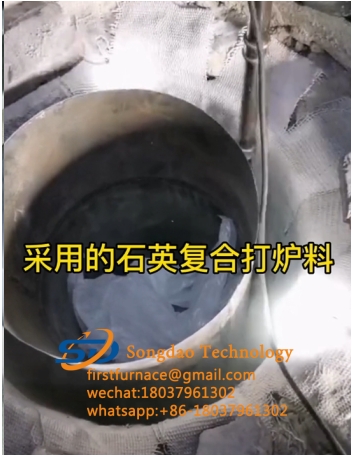- 07
- Mar
Methods to reduce corrosion cost of refractory lining in furnace
Methods to reduce corrosion cost of refractory lining in furnace
Through a large amount of slag resistance test research and actual operation of the converter, some knowledge of the corrosion resistance of refractory linings can be obtained:
(1) The composition of molten iron has a significant impact on the life of the refractory lining, the content of silicon, forest, and sulfur.
(2) Too high end temperature of the converter will lead to a decrease in the life of the furnace lining. When the end temperature is above 1700°C, every 10°C increase will significantly increase the corrosion rate of the refractory lining of the furnace.
(3) Increasing the alkalinity of the slag is beneficial to reduce the corrosion of the slag to the basic refractory.
(4) Increasing the Mg0 content in the slag can reduce the corrosion of the slag on the refractory lining of the furnace.
(5) Increasing the Fe0 content in the slag will cause the corrosion of the refractory material of the furnace lining to increase.
(6) In the initial stage of converter conversion, the basicity of the slag is relatively low, and the lining is severely corroded. Dolomite slag should be used to make the Mg0 content in the slag close to the saturated state.
(7) Fluorite also corrodes the furnace lining, so the amount of fluorite added should be reduced as much as possible.
(8) Among dolomite and magnesia dolomite refractories, Mg0 has better slag erosion resistance than Ca0, but the presence of Ca0 can improve the high temperature thermoplasticity and slag penetration resistance of refractories.
(9) The raw materials of furnace lining refractories are required to have higher purity. For example, magnesium dolomite sand requires total impurities of SiO2+A12O3+FeO less than 3%; others such as fused magnesia, graphite, etc. also have similar requirements.

